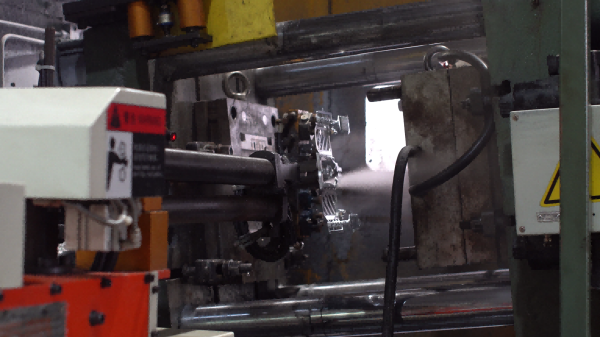Aluminum die casting is a vital manufacturing technique used to create precise, high-quality components. But how does it guarantee consistency and durability? By utilizing high pressure aluminum casting methods, it ensures that each part produced meets stringent quality standards.
The process involves injecting molten aluminum into a mold to produce strong, detailed parts. Known for its precision, It is ideal for intricate, high-accuracy designs.
So, what are the essential steps in the aluminum die casting process? Let's delve into each stage and its significance.
What are the Key Steps in Aluminum Die Casting?
Aluminum die casting encompasses several stages, each critical for ensuring the quality and precision of the final product. Aluminum casting services meticulously control each step to ensure high-quality outcomes.
Key steps include mold preparation, melting and injection, cooling, ejection, and finishing. Each stage is meticulously controlled to maintain the highest part quality.
The process begins with mold preparation, where the mold is cleaned and coated to facilitate metal flow and prevent sticking. Aluminum is then melted and injected into the mold at high pressure, a technique known as high pressure casting, filling every contour with the mold cavity. After the cools and solidifies, the component is ejected from the mold, followed by finishing processes that may include additional machining or surface treatments for quality assurance.
How Important is Mold Design in Aluminum Die Casting?
Mold design is crucial to the quality and detail of die-cast aluminum parts, directly influencing precision and consistency. Experts in casting services emphasize the importance of mold design for achieving desired outcomes.
A well-designed mold ensures that parts meet specified requirements and remain free from defects, making it a vital component of the die casting process. Mold design and preparation are essential for achieving the exact shape, size, and surface finish needed. Custom molds are fabricated based on the product design, with features tailored to accommodate the flow and cooling of molten aluminum. An accurate mold design not only determines the geometry of the component but also impacts production speed, costs, and overall part consistency.
The melting and injection phases are where aluminum is shaped, with controlled temperatures and speeds being critical for achieving desired properties. Aluminum die casting companies must precisely control these parameters to produce quality parts.
During these stages, aluminum is heated to a precise temperature before being injected into the mold, where it solidifies into the required shape.
Aluminum is first heated to its melting point to ensure smooth flow into the mold. The molten aluminum is then injected into the mold cavity at high pressure, filling every contour. This high-pressure injection is key to creating detailed, complex parts with consistent strength. Maintaining the right temperature and injection speed is vital to avoid defects like air bubbles that could compromise the final product.
Cooling and ejection are essential steps that stabilize the part’s structure and ensure it is free of defects. Aluminum casting services pay close attention to these stages to maintain quality.
After injection, the part cools within the mold before being ejected. Proper cooling and ejection minimize defects and maintain structural integrity.
Once the molten aluminum fills the mold, it must cool and solidify rapidly to hold its shape. The cooling rate is carefully controlled, as improper cooling result in internal stresses or shrinkage. Once adequately cooled, ejector pins are used to safely eject the part from the mold, preserving its surfaces. This meticulous ejection process ensures the part remains intact and is ready for any subsequent finishing.
Finishing and inspection refine the part’s appearance and verify it meets necessary specifications before delivery. Factory often offer comprehensive finishing services to ensure quality.
After casting, parts undergo finishing and inspection to meet surface and dimensional requirements, ensuring they are primed for use.
Post-casting, the aluminum component is subjected to various finishing processes designed to remove excess material and achieve the desired surface finish. Common methods include machining, polishing, and applying protective coatings to enhance corrosion resistance. Each part is rigorously inspected to confirm it meets specified tolerances and quality standards, ensuring functionality, durability, and alignment with customer requirements.
The aluminum die casting process is a robust and efficient manufacturing method, encompassing everything from mold design to finishing. Each step contributes to the production of reliable, high-quality parts suitable for a range of industries.
